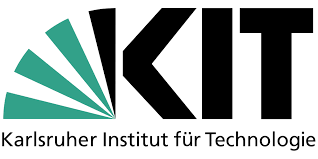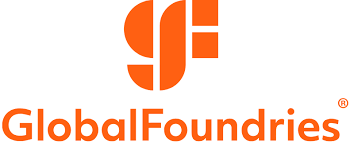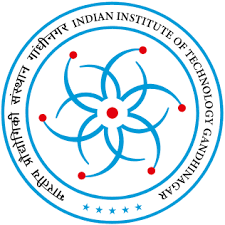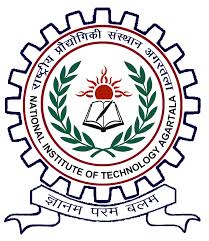PhD (Dr.-Ing.) in Computer Science and Engineering (ongoing) 
Thesis: Reliable Analog Computing for ultra-resource constrained edge intelligence.Graduation Summer-2026.
Experienced Senior ESD Design Engineer at Global Foundries with a demonstrated history of working in the semiconductors industry and academic researcher with expertise in analog circuit design and optimzation using ML methods, reliability analysis, and robust circuit design.
I am a Ph.D researcher with a background in analog/ESD and circuit reliability. I work on reliable analog circuit design and computing at Karlsruhe Institute of Technology, Germany with University of Patras and Pragmatic Semiconductors. Previously at Global Foundries, Bangalore, I focused on ESD circuit design and device modeling and enablement for advanced nodes.


Performed timing, power, and noise characterization of standard cells and flip-flops using Cadence Liberate.
Generated complete .lib (timing/power/noise) and .v (behavioral Verilog) libraries for integration into digital design flows.
Ensured accuracy of delay/transition models across PVT corners to enable robust synthesis and STA.
Energy‑efficient adaptive analog spiking networks and neuromorphic computing implemented on printed/flexible substrates.
Adaptive fault‑endurance framework enabling robust ultra‑low‑cost printed circuits.
Measured I‑V on LDMOS wafers using Keysight 1500; extracted breakdown voltage and transconductance across DUTs.
Design power-constrained analog neuromorphic circuit and optimise using augmented Lagrangian training framework that enforces task-specific power constraints while preserving accuracy and achieving efficient Pareto-optimal power–accuracy trade-offs.
Analog printed SNN demonstrating energy-efficient operation with adaptive learning.
Co-design of fault-tolerant printed circuits with adaptive endurance at ultra-low cost.
Lightweight analog error-correction for unary-encoded computing in flexible/printed platforms.
Evolutionary NAS tailored to printed analog neuromorphic circuits; improves robustness under device/process variation.
Design trim-circuitry and develop trim-circuitry based testing scheme for CIM memories that reduces test time while ensuring high defect coverage.
Comprehensive fault-sensitivity evaluation across digital/analog realizations of printed MLPs.
Propose the design of fully customized binary search ADCs and a co-design framework with Decision Tree classifiers, enabling self-powered on-sensor printed classifiers
Printed analog spiking building block toward low-cost neuromorphic processors.
Introduce a temporal processing block with learnable filters, extending neuromorphic circuits to handle time-series data efficiently with near-RNN accuracy.
Developed power-aware design methodology for neuromorphic circuits, achieving ~2× reduction in power while maintaining 95% classification accuracy

Thesis: Reliable Analog Computing for ultra-resource constrained edge intelligence.Graduation Summer-2026.

Thesis: Design and optimisation of high‑voltage drain‑extended FinFET transistors for analog SoC applications. Graduated 2020.

Thesis: Area-Power-Power Density Aware OR-XNOR Network Synthesis Based on Fixed Polarity Dual Reed-Muller Expansion (FPDRM). Graduated 2018.
Email: pal.priyanjana@gmail.com
Mobile: +49-15750799038
Google Scholar: Scholar Profile
LinkedIn: LinkedIn
Open to collaborations in analog/ESD circuit design and circuit reliability.
Chair of Dependable Nano-Computing (CDNC)
Karlsruhe Institute of Technology (KIT)
mehdi.tahoori@kit.edu
ESD Team Manager
Global Foundries, Bangalore, India
dattatreyaprabhu.rachakonda@globalfoundries.com
Staff Design Engineer
Semtech, Hyderabad, India
rpothal@semtech.com
Visting Professor at KIT
CEO, Radyalis, Austin, TX, USA
srn@radyalis.com
Staff Engineer
IBM Research, Albany, NY, USA
anindya.nath@gmail.com
Additional references available upon request.